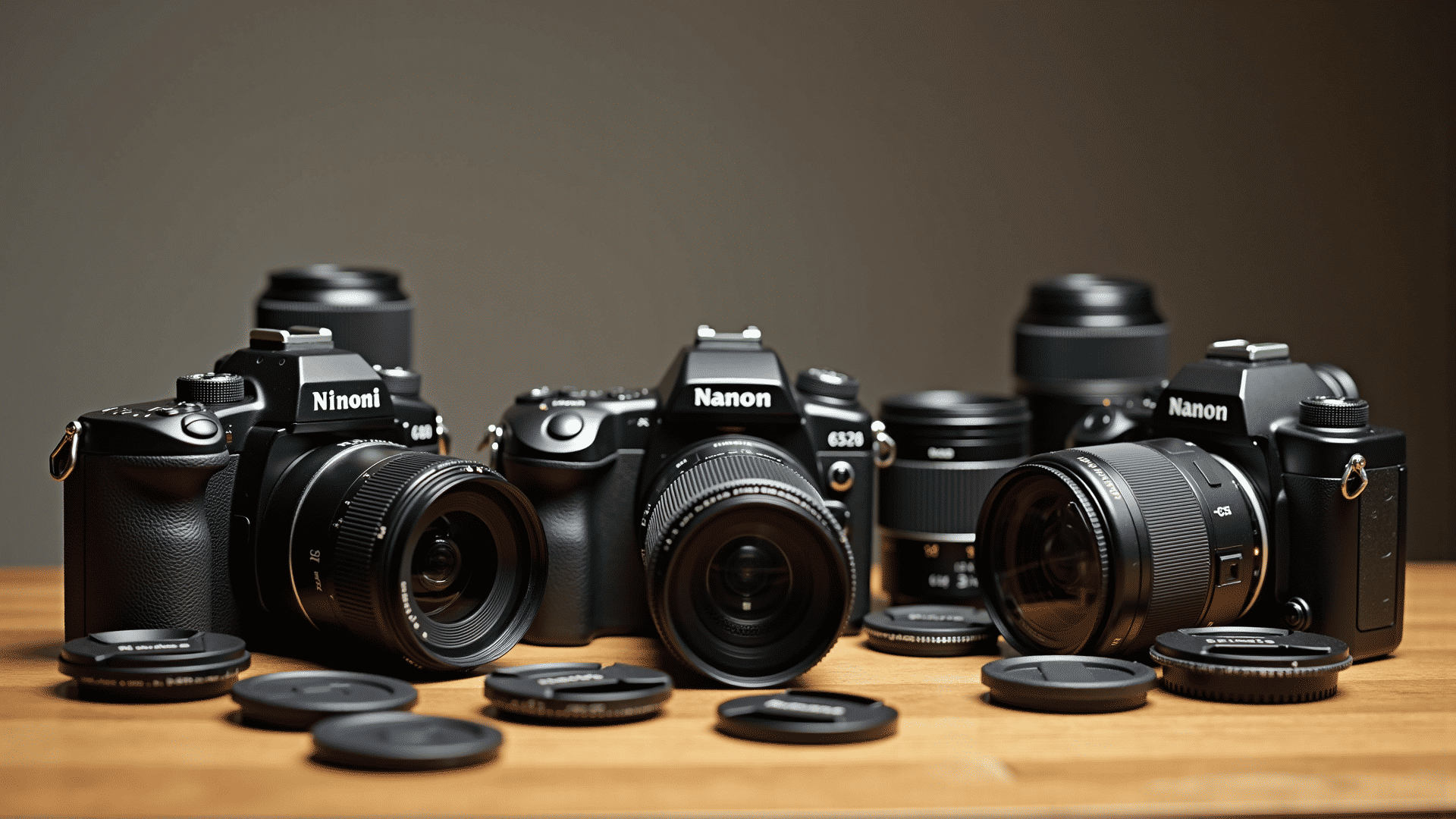In the realm of photography, selecting the right camera equipment can be both exciting and overwhelming. With countless options available, ranging from beginner-friendly models to professional-grade tools, understanding the nuances of camera gear is essential for making informed decisions. This guide aims to simplify the process, offering insights into various types of cameras and accessories to help you choose the best equipment for your budget and needs.
Types of Cameras
1. Smartphone Cameras
For everyday photography, the camera in your pocket might suffice. Modern smartphones boast impressive camera technology, with features like multiple lenses, optical zoom, and advanced image processing. For casual photographers or those starting on a tight budget, a smartphone camera can be an excellent beginning point.
2. Compact Cameras
Also known as point-and-shoot cameras, these devices are great for amateurs and travelers. They are portable, simple to use, and often come with automatic settings, allowing you to focus more on capturing the moment rather than adjusting intricate settings. While compact cameras may not rival professional models in terms of image quality, they offer a noticeable upgrade from smartphone photography.
3. Mirrorless Cameras
Offering a blend of size and performance, mirrorless cameras are becoming increasingly popular. They lack the bulky mirror mechanism found in DSLRs, resulting in a lighter and more compact build. Mirrorless cameras typically provide exceptional image quality and fast autofocus, making them suitable for enthusiasts and semi-professional photographers.
4. DSLR Cameras
Traditionally favored by professionals, DSLRs are known for their durability, extensive lens compatibility, and superior image quality. Having a mirror and optical viewfinder sets them apart, allowing for precise composition. While they tend to be bulkier, DSLRs are ideal for those who desire full control over photography settings and have a keen interest in pursuing photography seriously.
Essential Camera Accessories
1. Lenses
Investing in quality lenses can significantly enhance your photography. Each lens offers different capabilities, such as wide-angle for landscapes, telephoto for distant subjects, or macro for close-up shots. Understanding your photography style will guide you in selecting the appropriate lenses.
2. Tripods
A reliable tripod stabilizes your camera, enabling long exposure shots and reducing motion blur. Tripods are essential for night photography, landscape shots, or any scenario where a steady shot is critical.
3. Camera Bag
Protecting your investment is necessary. A good camera bag will safeguard your gear from damage and make transporting equipment easier. Look for a bag with ample padding and multiple compartments for organization.
4. Memory Cards
Ample storage is crucial, especially when shooting in high resolutions or recording videos. Ensure your memory cards are fast and spacious enough to handle your camera's output.
Budget Considerations
Prioritizing your budget is crucial when purchasing camera gear. Here’s a brief overview of what to expect at different price points:
-
Entry-Level Budget: Opt for smartphones or compact cameras. They provide much of what beginners need without a significant financial commitment.
-
Mid-Range Budget: Consider mirrorless cameras or lower-end DSLRs. These offer excellent quality and flexibility, suitable for advancing your skills.
-
High-End Budget: High-spec DSLRs or top-tier mirrorless models cater to professional needs. Investing in quality lenses and accessories is advisable at this level.
In closing, the key to choosing camera equipment is understanding your needs and budget. Whether you’re capturing everyday moments or pursuing professional work, selecting the right gear will enhance your photography experience. Take time to research, read reviews, and try out equipment if possible. Ultimately, the best camera is one that complements your creativity and helps you enjoy the art of photography.
